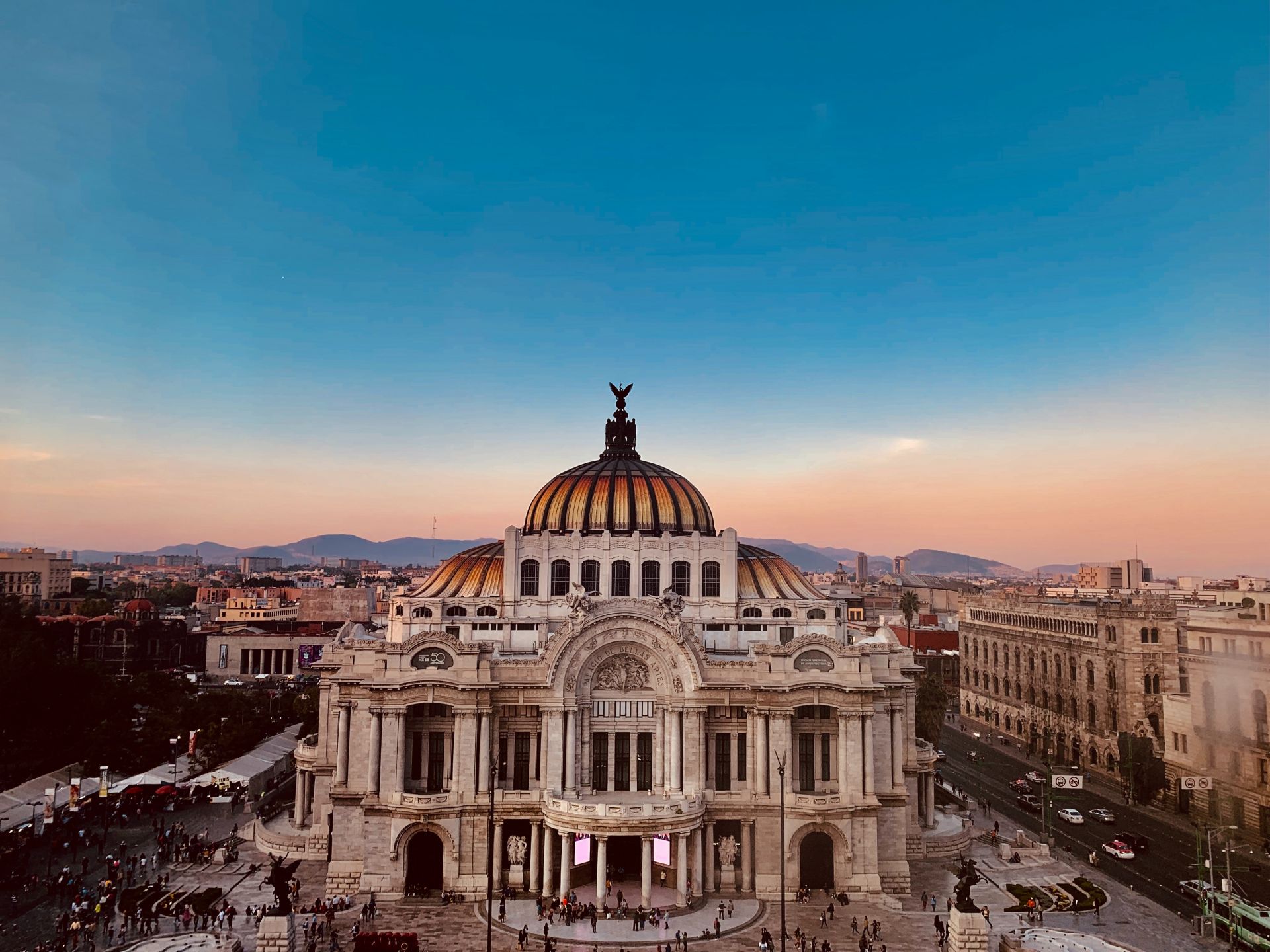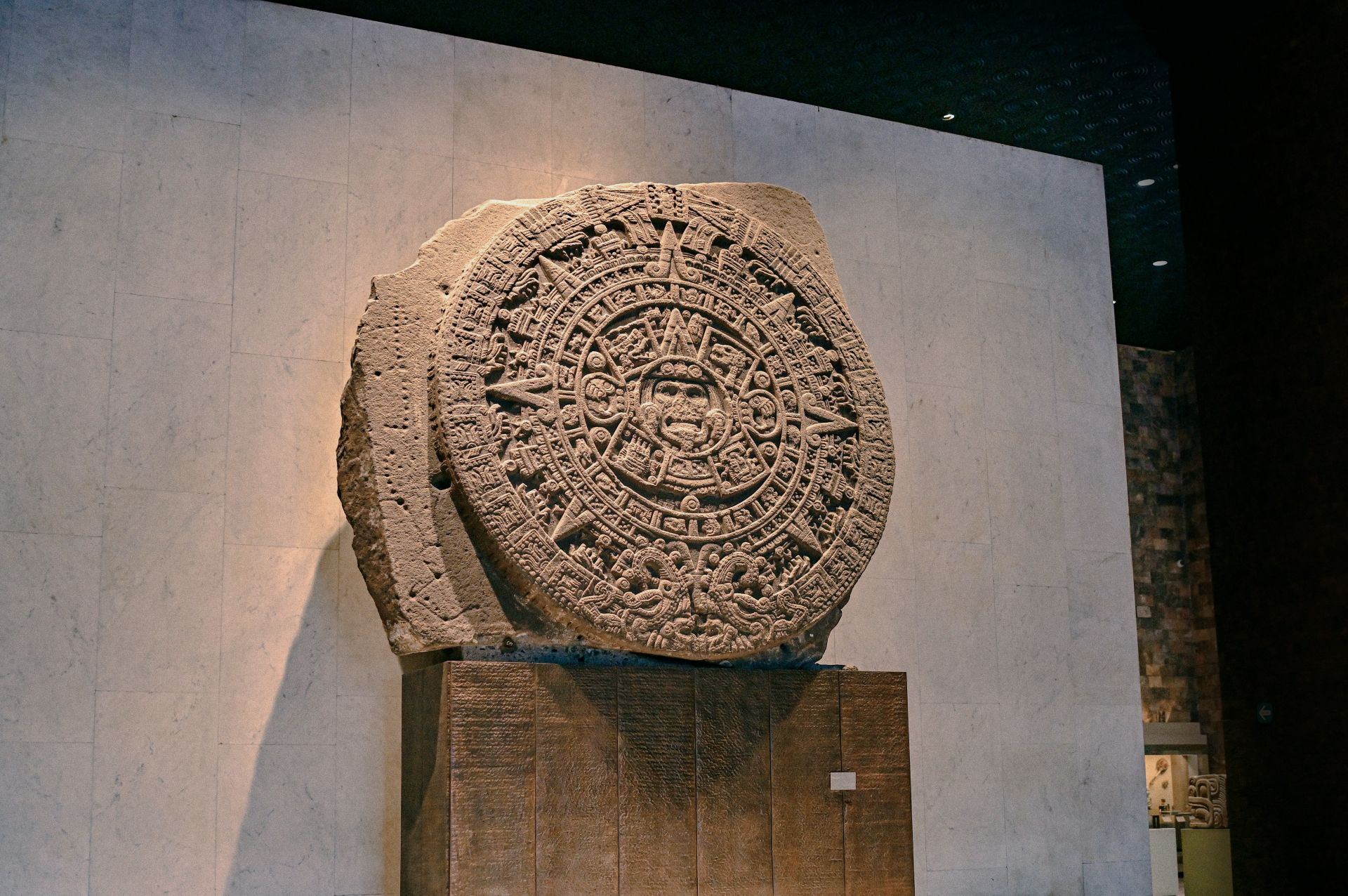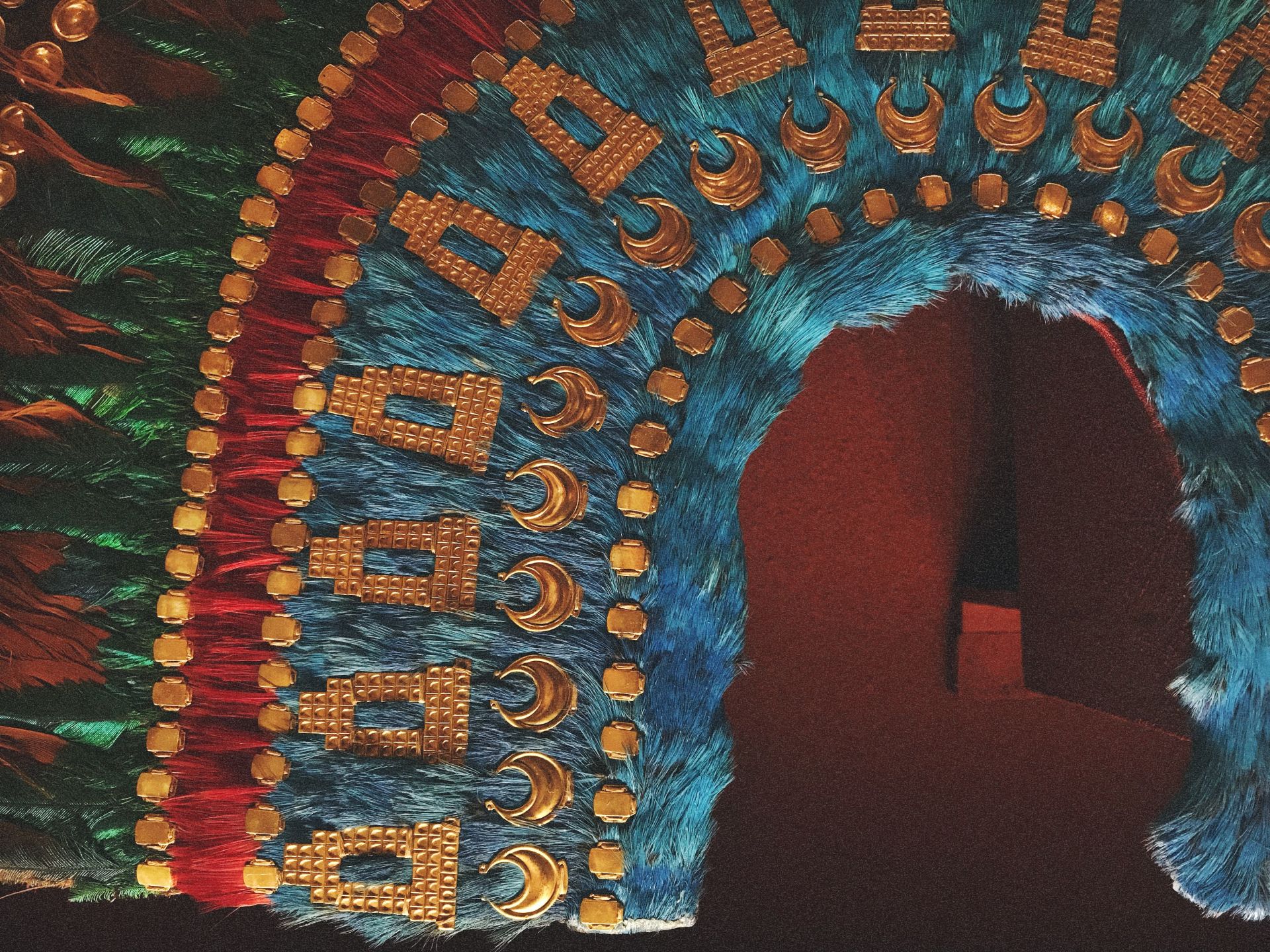Shayna Stewart, English and Spanish Instructor
Museum Culture Series: Mexico City
Here at Freestyle, we believe speaking, reading, writing, and listening are needed to truly acquire a language. However, we also believe in a 5th skill: Culture. Culture is crucial to acquiring a language and being able to use it as it is actually spoken in the world.
Bienvenidos to our culture series on Latin American must-see museums where you will get a glimpse of some beautiful art and learn some phrases and vocabulary on the way.
To begin our journey in Latin America, we do not have to go that far. Our first stop takes us to Tenochtitlan, a thriving capital city of more than 600 years. At its height, it was the largest city in the pre-Columbian Americas. Any guesses where we are headed?
Bienvenidos to our culture series on Latin American must-see museums where you will get a glimpse of some beautiful art and learn some phrases and vocabulary on the way.
To begin our journey in Latin America, we do not have to go that far. Our first stop takes us to Tenochtitlan, a thriving capital city of more than 600 years. At its height, it was the largest city in the pre-Columbian Americas. Any guesses where we are headed?
Mexico City, Mexico, a large megacity, is home to more than 22 million people and the largest museum in the country. Imagine wandering through halls decorated with ornate jade masks and gold headdresses adorned in shimmering turquoise-blue quetzal feathers. Sound like a dream? Well, el Museo Nacional de Antropología has got you covered. However, I use the term wandering lightly, because this museum is ENORMOUS. If you were to walk through each of the 23 different exhibition rooms and surrounding gardens, you would have covered almost 20 acres of culture! They say you can cover the museum sufficiently in 3 hours, but if you take your time, you will need to allot at least two days to see and experience all the MNA has to offer.

Empty space, drag to resize
Many people do not know that the museum is divided into two floors. The first floor is dedicated to pre-Hispanic Mexico—ceramics, statues, and other examples of material culture dating back to the first inhabitants of the land. On the second floor, visitors can find ethnographic materials— exhibits on how indigenous people live to this day. Something really special about the architecture of the museum is that the living culture rooms are located directly above their ancestral counterparts.Many people do not know that the museum is divided into two floors. The first floor is dedicated to pre-Hispanic Mexico—ceramics, statues, and other examples of material culture dating back to the first inhabitants of the land. On the second floor, visitors can find ethnographic materials— exhibits on how indigenous people live to this day. Something really special about the architecture of the museum is that the living culture rooms are located directly above their ancestral counterparts.
Among the most notable exhibits include the colossal stone carved Olmec heads, and the 24–ton piedra del sol otherwise known as the Aztec sun calendar.

feathered headdress

Un poquito de español
Here are a few helpful phrases:
¿Dónde está ubicado el museo? = Where is the museum located?
¿Cuánto cuesta la entrada? = How much does it cost to get in?
Me gustaría tomar un tour del museo, ¿hay algún hoy? = I would like to take a tour of the museum today. Are there any today?
¿Dónde está ubicado el museo? = Where is the museum located?
¿Cuánto cuesta la entrada? = How much does it cost to get in?
Me gustaría tomar un tour del museo, ¿hay algún hoy? = I would like to take a tour of the museum today. Are there any today?
To keep practicing the fifth skill, stay tuned for the next installment of our Culture Series: Museums, where we keep exploring Latin America’s must-see museums. Want free resources to learn more Spanish? Click here.
About the Author: Shayna Stewart
Shayna started her journey abroad living in the Caribbean where she began to learn Spanish to communicate with the multilingual community that surrounded her. From there, she traveled further South through Central and South America, not stopping until she reached Buenos Aires, Argentina where she received her CELTA certification. Already holding a B.A. in Anthropology from Oregon State University, her English teaching certificate allowed her to not only pick up pieces of all the places she visited, but now she could offer something useful to those she met along the way.
Learn more
Shayna started her journey abroad living in the Caribbean where she began to learn Spanish to communicate with the multilingual community that surrounded her. From there, she traveled further South through Central and South America, not stopping until she reached Buenos Aires, Argentina where she received her CELTA certification. Already holding a B.A. in Anthropology from Oregon State University, her English teaching certificate allowed her to not only pick up pieces of all the places she visited, but now she could offer something useful to those she met along the way.
Learn more
Freestyle Languages
Language learning your way.
